Effective Cross-Cultural Communication Strategies in the Workplace
VerifiedAdded on 2023/06/10
|7
|1654
|346
Report
AI Summary
This report delves into the complexities of cross-cultural communication within a professional setting. It begins by identifying a conflict arising from cultural differences in the workplace, specifically focusing on the experiences of a Latin American employee in a European company. The report analyzes the communication strategies employed to resolve the conflict, including a direct meeting with the HR manager, and suggests a better alternative strategy involving regular interactive sessions with minority employees. The report then examines scenarios involving an aboriginal old woman in an aged care service and a Chinese patient in a healthcare setting, highlighting communication barriers and cultural insensitivities. It explores strategies to make these individuals feel comfortable and addresses the consequences of neglecting cultural practices. The report concludes by emphasizing the importance of informed diagnoses, transparency, and optimal treatment planning in cross-cultural healthcare interactions. References are provided to support the analysis.
1 out of 7
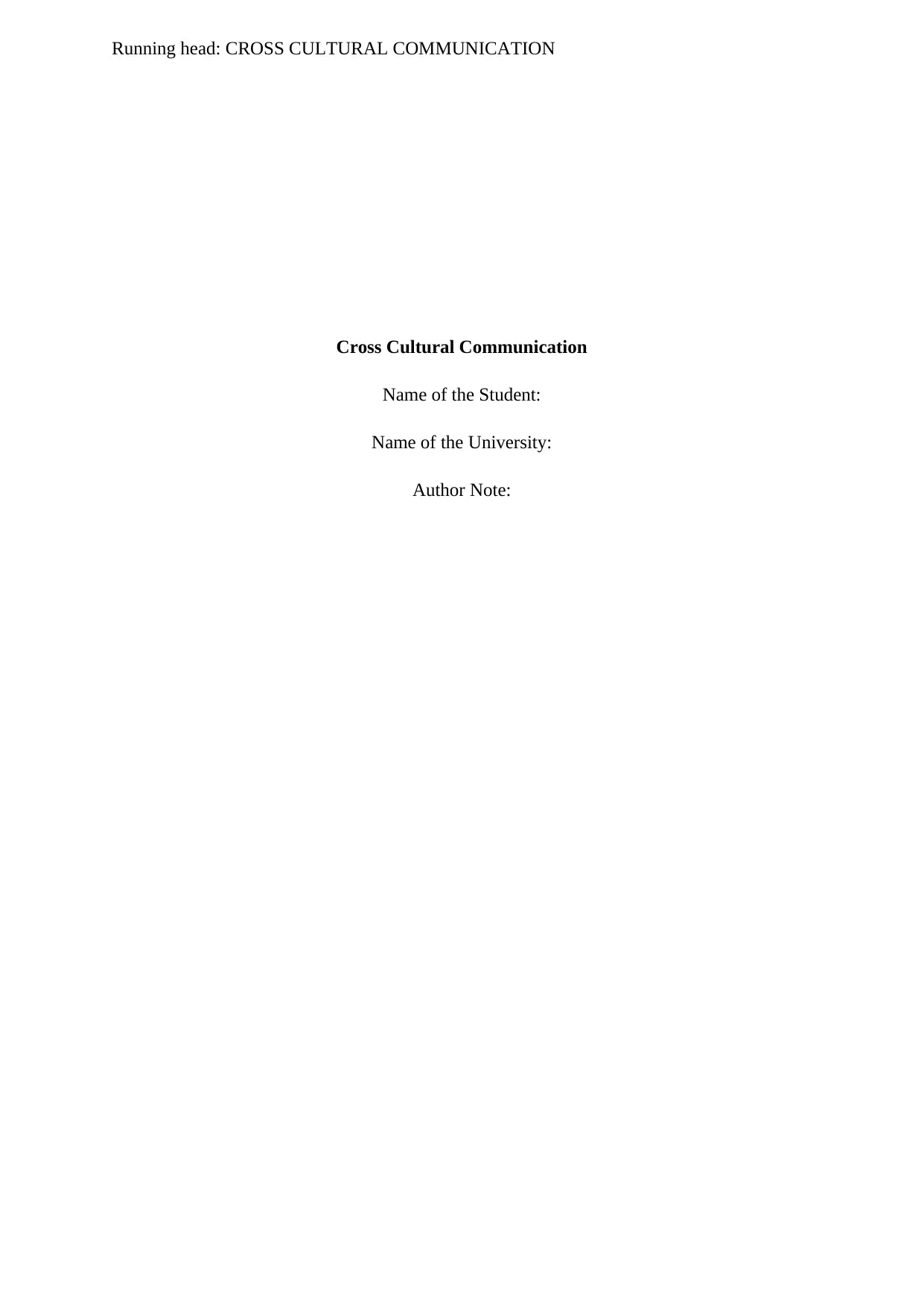
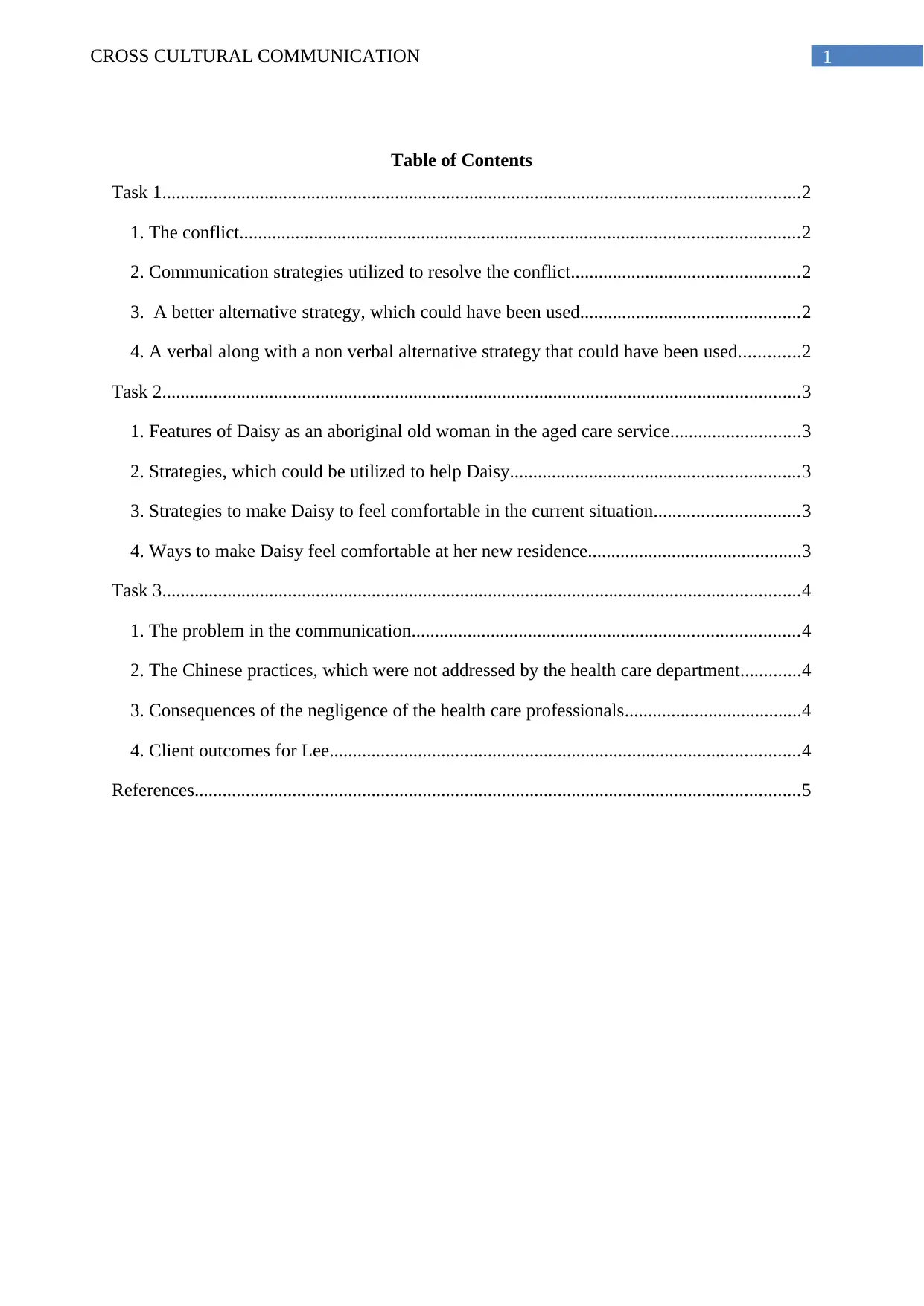
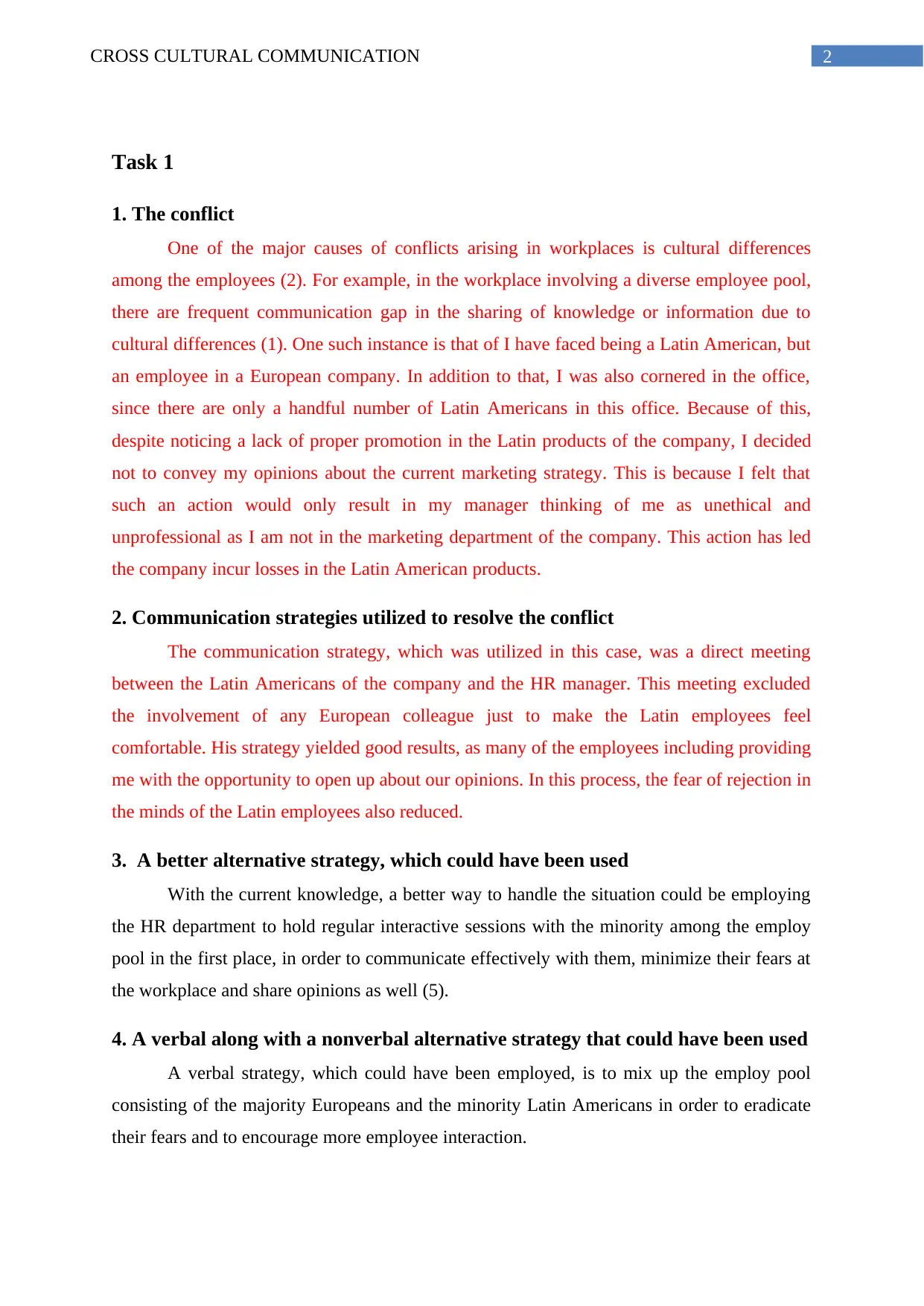
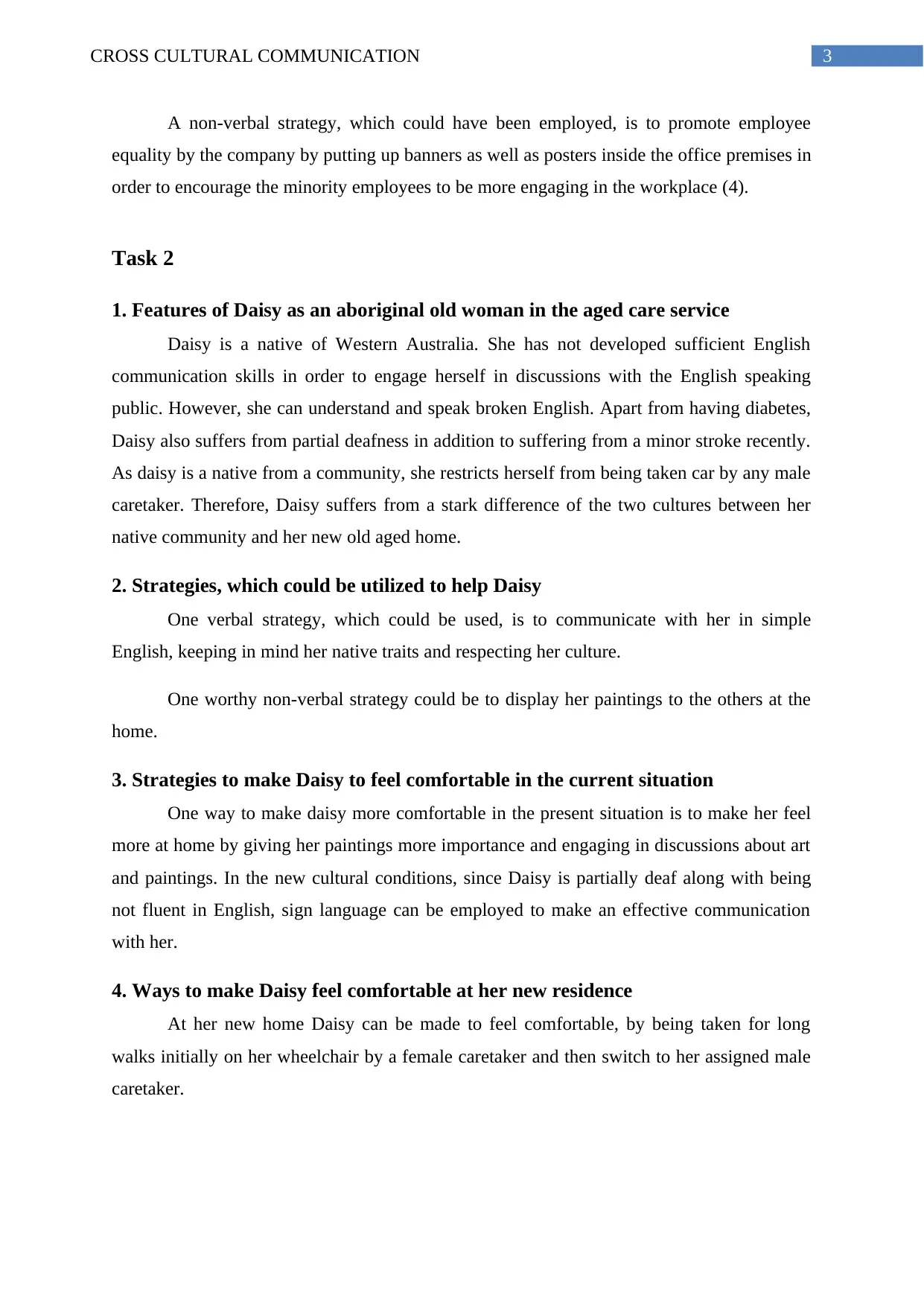
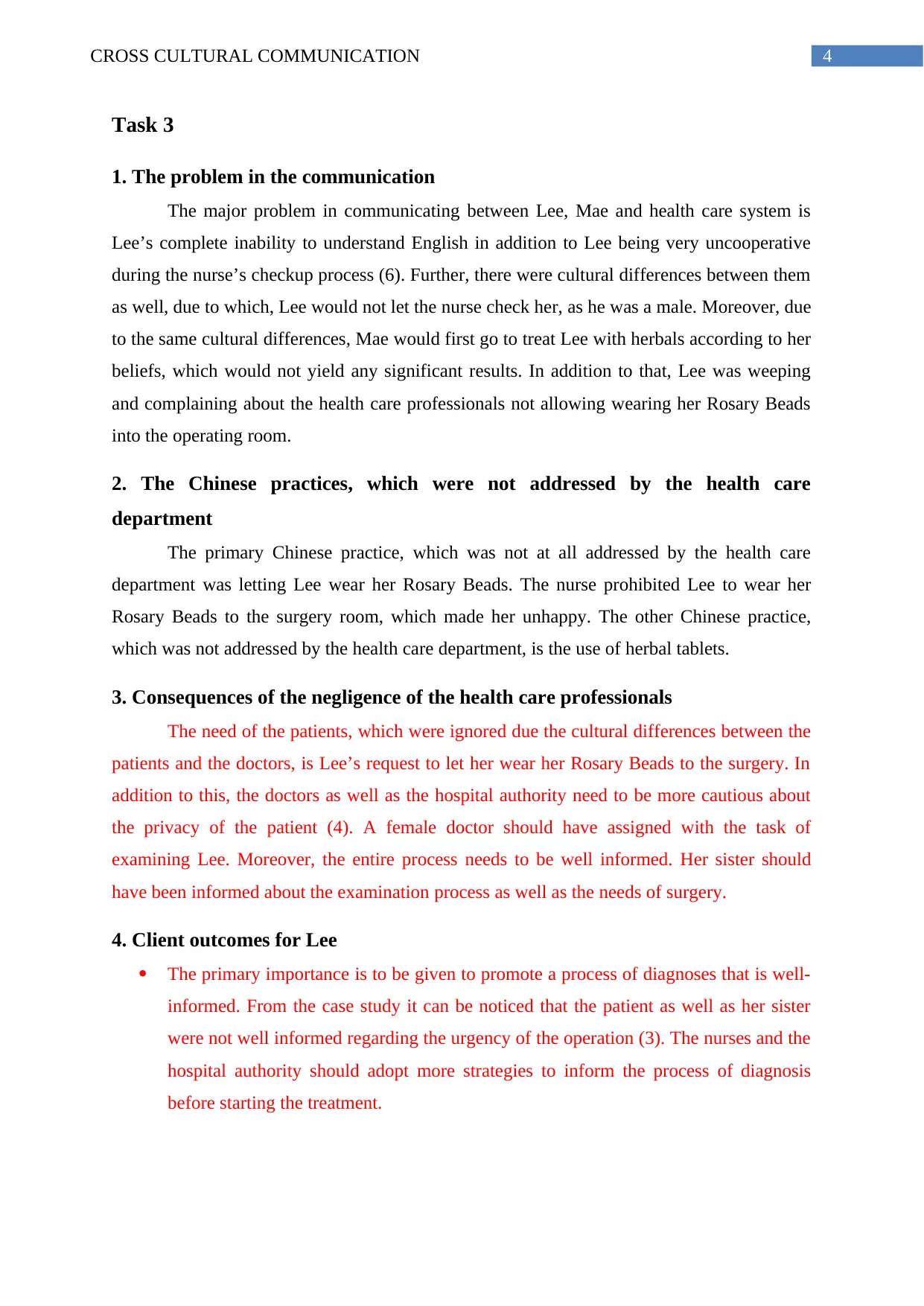
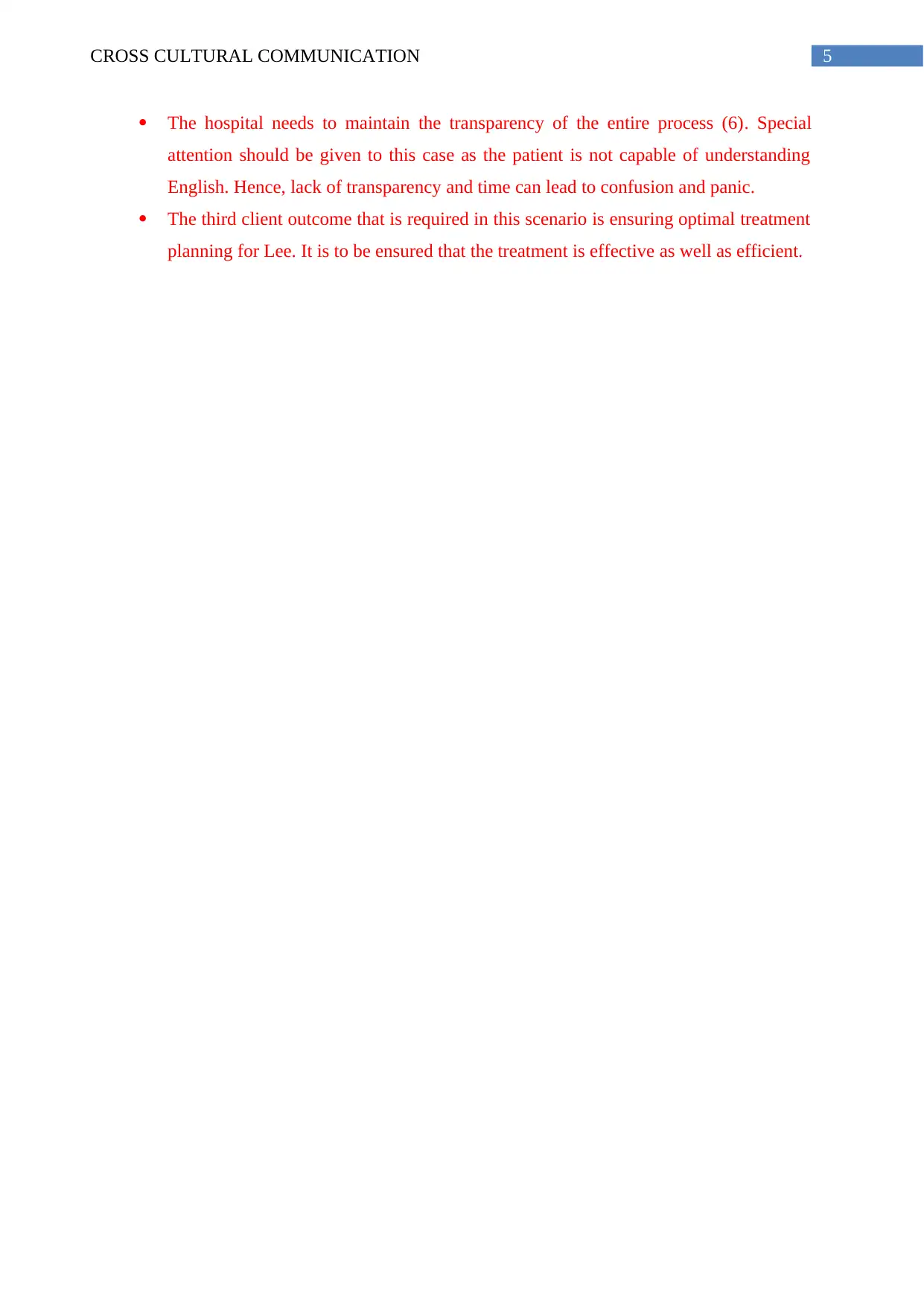
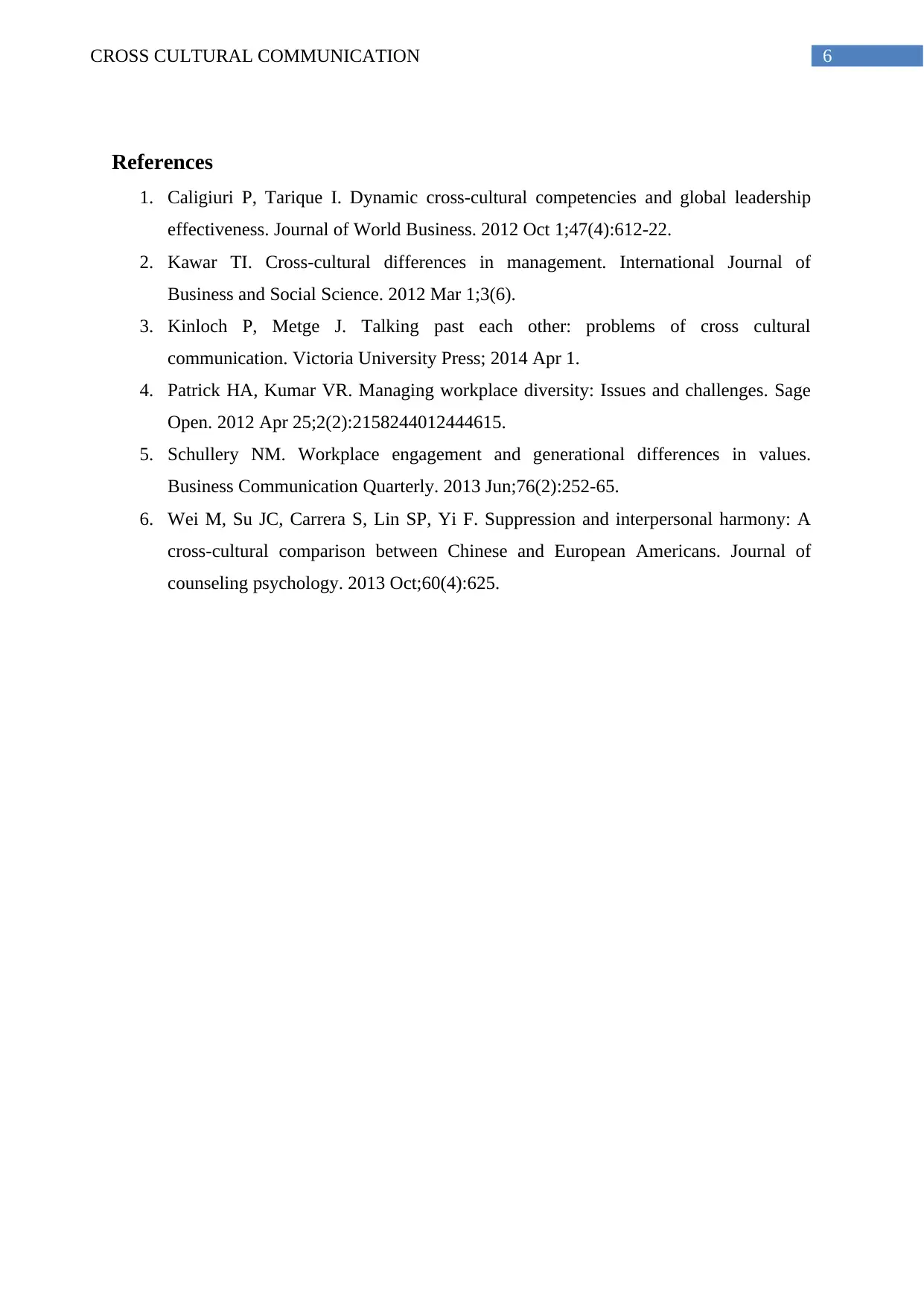





![[object Object]](/_next/static/media/star-bottom.7253800d.svg)